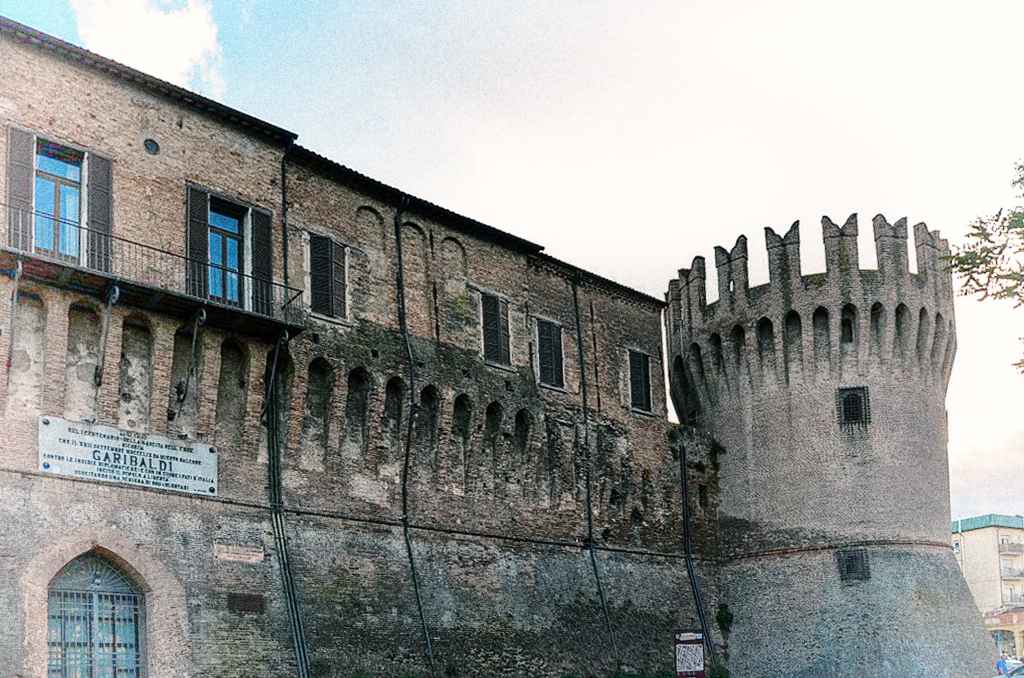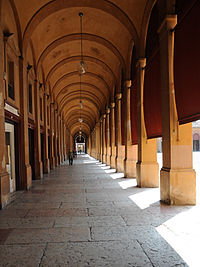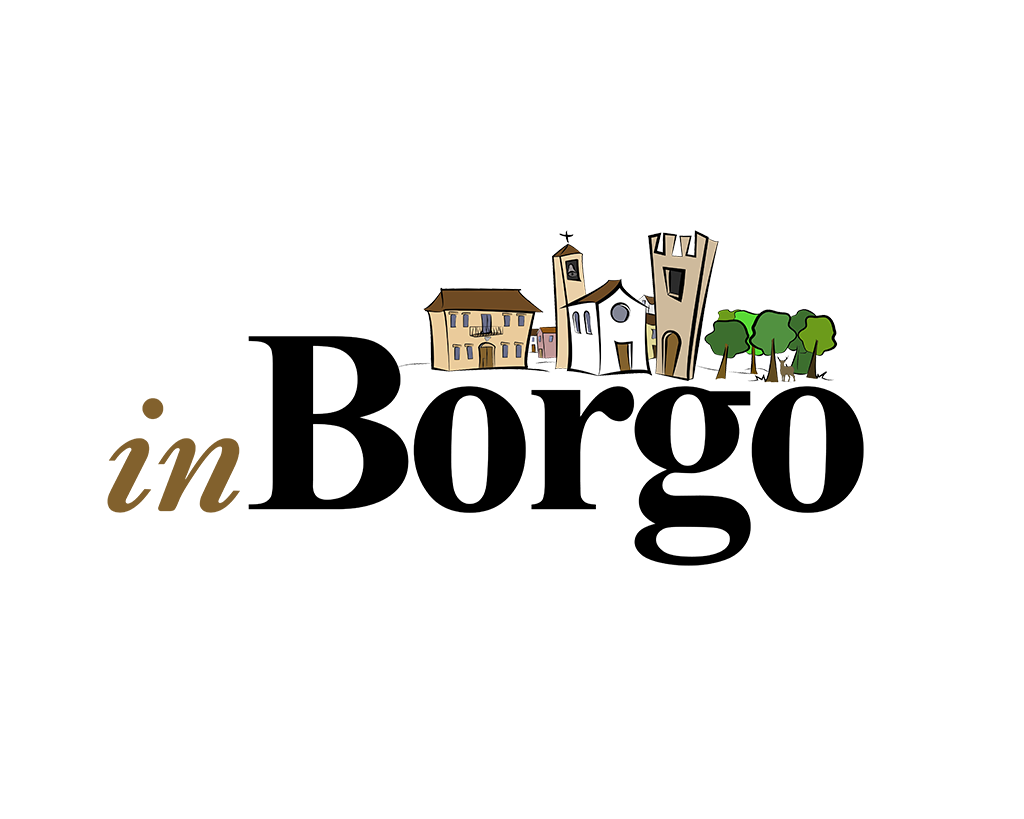
Le prime tracce del borgo antico di Lugo si hanno nel 1037. Fortificazioni nell’area furono costruite all’inizio del 1200 dall’arcivescovo di Ravenna. All’interno del borgo vi erano anche una chiesa intitolata a San Giacomo e un ospedale. Durante la sua storia di passaggi da una signoria all’altra, Lugo diventò proprietà degli Este di Ferrara che restaurarono la Rocca e la resero un luogo importante all’interno del regno. Divenne sede del Commissario e del Massaro. Di particolare interesse fu il fatto che la comunità ebraica ebbe in Lugo un luogo sicuro. La città divenne un centro commerciale molto importante con scambio di merce di ogni tipo. Alla fine del 1500 avvenne il passaggio dagli Estensi allo Stato Pontificio. In quel periodo si penso di costruire un ghetto per gli ebrei che furono in seguito confinati in un area dove confluirono tutti gli ebrei dei comuni vicini. Una riduzione piuttosto consistente si ebbe durante la peste del 1630, seguita anche dalla guerra di Castro. Questi 2 tristi avvenimenti dimezzarono la popolazione. Solo una lunga pace, durante il 1700, diede modo a Lugo di ricrescere e prosperare. Notevoli luoghi di interesse dimorano a Lugo. Tra di essi la Rocca degli Estensi è sicuramente l’edificio più interessante della città. Modificata e migliorata negli anni, quella che vediamo oggi è la versione definitiva di metà del 1500. Bellissimo e il Pavaglione,un quadriportico di 100 metri per lato, luogo del mercato settimanale. Fu costruito in questo modo dal Duca Alfonso D’Este, per dare modo, vista l’importanza commerciale della città, di tenere il mercato anche in caso di pioggia.
Altri edifici degni di visita sono il palazzo Erisi, la Villa Malerbi, La casa Rossini, dove Gioachino visse 3 anni.
Molte le chiese in città. Le più importanti sono la Collegiata dei Santi Francesco ed Ilaro, chiesa di S. Giacomo Maggiore, quella di San Francesco di Paola.
Da non dimenticare le aree naturali del Canale dei Molini e il Parco del Loto.
The first traces of the ancient village of Lugo date back to 1037.
The first fortifications in the area were built in the early 1200s by the archbishop of Ravenna.
Inside the village there was also a church dedicated to San Giacomo and also an hospital.
During its history of passage from one lordship to another, Lugo passed to the Este of Ferrara who restored the fortress and made it an important place within the kingdom. It became the seat of the Commissioner and the Massaro. Of particular interest was the fact that the Jewish community had a safe place in Lugo.
The city became a very important commercial center with the exchange of goods of all kinds.
At the end of 1500 the passage from the Este family to the Papal State took place. At that time it was thought to build a ghetto for the Jews who were later confined to an area where all the Jews of the neighboring municipalities converged.
A rather substantial reduction occurred during the plague of 1630, also followed by the Castro war. These 2 sad events halved the population.
Only a long peace, during the 1700s, allowed Lugo to regrow and prosper.
Notable places of interest reside in Lugo. Among them, the Rocca degli Estensi is certainly the most interesting building in the city. Modified and improved over the years, what we see today is the final version from the mid 1500s.
The Pavaglione, a four-sided portico of 100 meters on each side, is the place of the weekly market. It was built in this way by Duke Alfonso D’Este, to give way, given the commercial importance of the city, to keep the market even in case of rain.
Other buildings worthy of a visit are the Erisi palace, the Villa Malerbi, the Rossini house, where Gioachino Rossini lived for 3 years.
There are many churches in the city. The most important are the Collegiate Church of Saints Francesco and Ilaro, the church of S. Giacomo Maggiore, that of San Francesco di Paola.
Do not forget the natural areas of the Canale dei Molini and the Parco del Loto.
Comune di Lugo
Piazza dei Martiri n. 1 Lugo 48022 (RA) –
tel. 0545 – 38111

